Atlantic Ocean Surface Temperature Graph
Climate Change Indicators: Sea Surface Temperature | US EPA
Sea surface temperature (SST) refers to the measurement of the temperature of the top layer of the ocean's surface. It is an important indicator of climate change, as it directly affects weather patterns, ocean currents, and the overall health of marine ecosystems. In this article, we will explore the impact of climate change on sea surface temperature and its implications for our planet.
The Rising Sea Surface Temperature
Over the past few decades, the sea surface temperature has been steadily increasing due to global warming. This temperature rise is primarily caused by the accumulation of greenhouse gases in the Earth's atmosphere, such as carbon dioxide and methane. These gases trap heat from the sun, leading to a gradual increase in the overall temperature of the planet.
The rise in sea surface temperature has significant consequences for marine life and coastal communities. Warmer waters can disrupt the delicate balance of ecosystems, leading to coral bleaching, the loss of sea ice habitats, and altered migration patterns of marine species.
Effects on Marine Ecosystems
The warming of sea surface temperature poses a grave threat to marine ecosystems and biodiversity. Coral reefs, for example, are highly sensitive to temperature changes. As the waters become warmer, corals expel the tiny photosynthetic organisms called zooxanthellae which reside in their tissues. This phenomenon, known as coral bleaching, results in the loss of vibrant colors and can ultimately lead to the death of coral reefs if the stress is prolonged.
Additionally, rising sea surface temperature affects the distribution and behavior of marine species. Many fish, turtles, and other marine animals rely on specific temperature ranges for breeding, feeding, and migration. Changes in temperature can disrupt these patterns, potentially leading to declines in populations and affecting the delicate balance of marine ecosystems.
Implications for Weather Patterns
The increase in sea surface temperature also impacts weather patterns around the world. Warmer ocean waters contribute to the formation of more intense hurricanes and tropical storms. As the temperature rises, the ocean's surface heats up, providing the necessary energy for the development and intensification of such extreme weather events.
Furthermore, changes in sea surface temperature can alter atmospheric circulation patterns, affecting global weather systems. El Niño and La Niña events, for example, are strongly influenced by sea temperature anomalies in the tropical Pacific Ocean. These climate phenomena have far-reaching implications, including variations in rainfall patterns, droughts, and heatwaves in different parts of the world.
Benefits and Advantages
While the rise in sea surface temperature brings numerous challenges, it also presents certain benefits and advantages. For instance, warmer waters can contribute to increased fish biomass in some regions, leading to improved fishing yields and potentially supporting local economies.
Furthermore, rising sea surface temperatures can facilitate the expansion of certain species' habitats. This can provide opportunities for ecosystem adaptation and the discovery of new biodiversity hotspots. However, it is important to note that these potential benefits need to be carefully balanced against the overall negative impacts on marine ecosystems and climate stability.
The Conclusion
In conclusion, the increase in sea surface temperature due to climate change is a significant global concern. It not only affects the health and stability of marine ecosystems but also influences weather patterns and poses risks to coastal communities. Addressing and mitigating climate change is crucial to preserving the delicate balance of our oceans and safeguarding the multitude of species that rely on them for survival.
As individuals, we can contribute to combating climate change by reducing our carbon footprint, supporting sustainable practices, and advocating for policies that promote environmental protection. Together, we can strive towards a more sustainable future for our planet and ensure the well-being of both marine life and future generations.
People Also Ask
What are the causes of rising sea surface temperature?
The rising sea surface temperature is primarily caused by global warming, which is driven by the increased concentration of greenhouse gases in the atmosphere. These gases trap heat from the sun, leading to a gradual rise in Earth's overall temperature.
How does rising sea surface temperature impact marine life?
Rising sea surface temperature poses a threat to marine life as it can lead to coral bleaching, loss of sea ice habitats, and disruptions in migration patterns of marine species. These impacts can disrupt the delicate balance of ecosystems and lead to declines in biodiversity.
What are the implications of rising sea surface temperature on weather patterns?
Rising sea surface temperature contributes to the formation of more intense hurricanes and tropical storms. It also affects atmospheric circulation patterns, influencing global weather systems. Climate phenomena like El Niño and La Niña are strongly influenced by sea temperature anomalies, leading to variations in rainfall patterns, droughts, and heatwaves.
If you are searching about 19.3 Implications of Climate Change | Physical Geology you've visit to the right place. We have 25 Images about 19.3 Implications of Climate Change | Physical Geology like Correcting historic sea surface temperature measurements | EurekAlert! Science News, 19.3 Implications of Climate Change | Physical Geology and also New Study Predicts a Slight Cooling of North Atlantic Sea Surface Temperatures over the Next. Read more:
19.3 Implications Of Climate Change | Physical Geology
 courses.lumenlearning.com
courses.lumenlearning.com intensity atlantic sea storm temperatures annual relationship between surface data tropical climate cumulative change geology figure wind implications se physical
Global-Atlantic Surface Temperature On Friday 17 Sep At 12pm UTC
 www.weather-forecast.com
www.weather-forecast.com atlantic global temperature surface map weather utc 12pm sep friday hours
Climate Change Indicators: Sea Surface Temperature | US EPA
 www.epa.gov
www.epa.gov indicators 1901 changed
Monitoring Global Ocean And Water Temperatures For More Than 200,000 Coastal Locations 2023
 www.watertemp.org
www.watertemp.org water temperatures ocean sea atlantic global locations tropicalweather northern
Annual North Atlantic Sea Surface Temperatures Between 18562017. The... | Download Scientific
New Study Predicts A Slight Cooling Of North Atlantic Sea Surface Temperatures Over The Next
 wattsupwiththat.com
wattsupwiththat.com Current Sea Temp Image North
noaa sst north temperature sea atlantic contour surface current data ocean chart pacific temp charts west satellite office gulf weather
Mapped: Global Temperatures Since 1880 | Map, Infographic
 www.pinterest.com
www.pinterest.com atlantic axios
Correcting Historic Sea Surface Temperature Measurements | EurekAlert! Science News
 eurekalert.org
eurekalert.org temperature sea surface ocean chart atlantic north pacific changes warming data annual shows datasets different scientists bottom simpler pattern eurekalert
2:15 PM | *Atlantic Ocean Showing Signs Of A Significant Long-term Shift In Temperatures From
atlantic north ocean heat temperatures sea chart climate term long cold ice global anomaly year significant shift warm showing signs
Climate Change Indicators: Sea Surface Temperature | US EPA
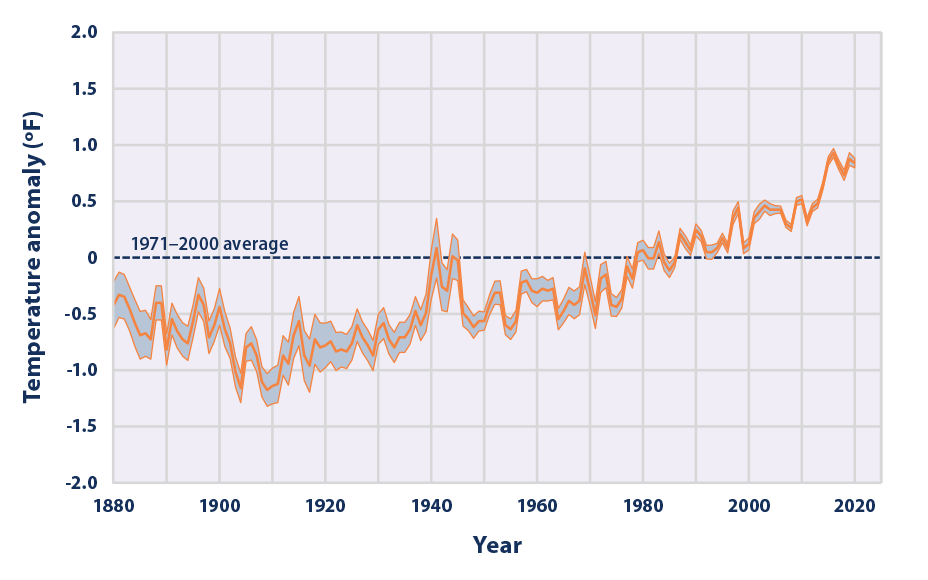 www.epa.gov
www.epa.gov climate 1880 indicators temp epa
Diagram Showing The Temperature Of The Ocean By Depth Stock Photo - Alamy
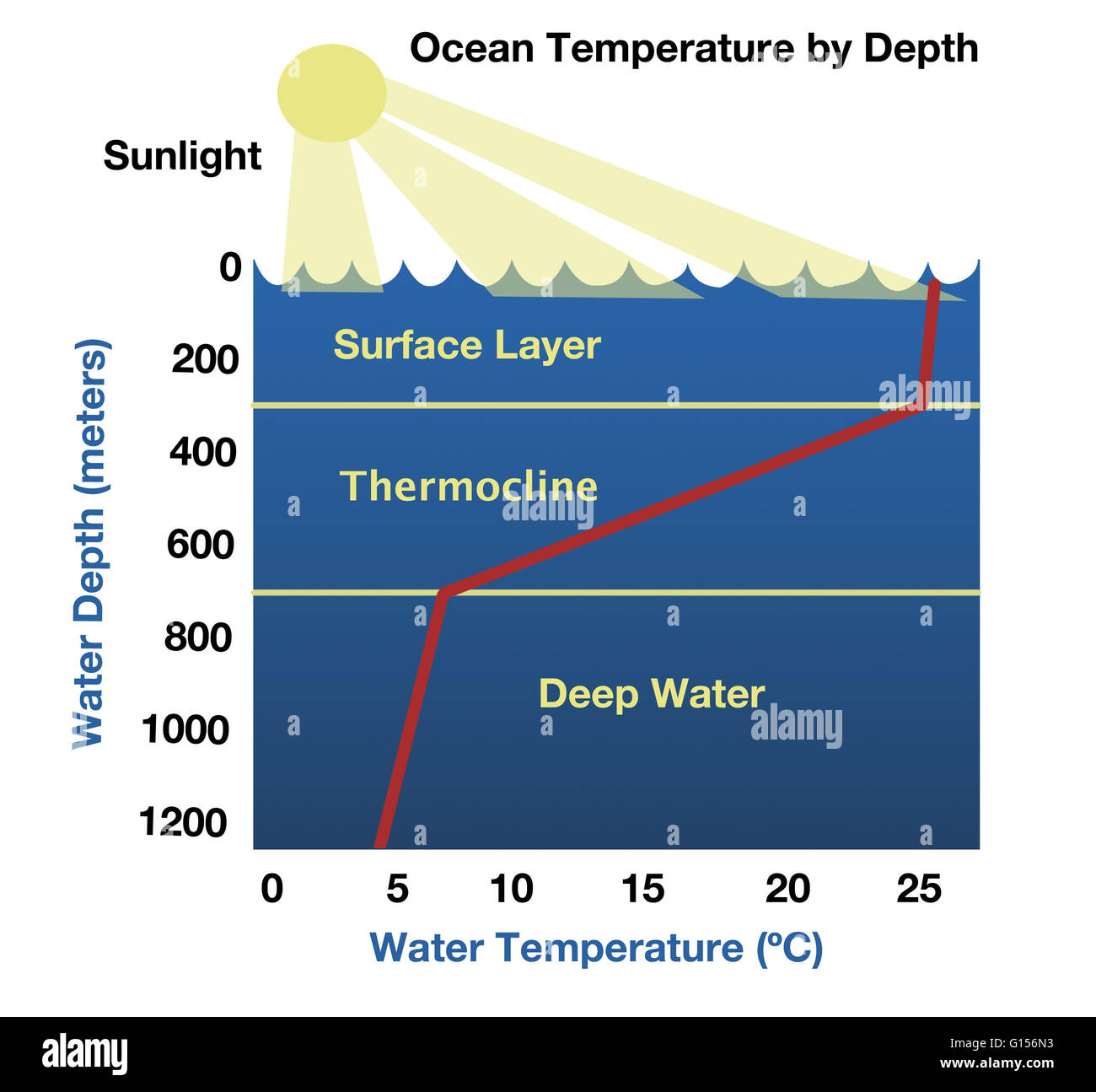 www.alamy.com
www.alamy.com temperature ocean depth diagram alamy showing
Seasonal Cycle And Anomaly At NDBC 44025 – Ocean Data Lab
 datalab.marine.rutgers.edu
datalab.marine.rutgers.edu seasonal cycle ndbc anomaly datalab rutgers
Global Temperature Report For 2017 – Berkeley Earth
temperature global average ocean temperatures land earth years increase warming increased series report 1980 1850 berkeley degree 1900 map shows
Climate Change Indicators: Sea Surface Temperature | Climate Change Indicators In The United
 www.epa.gov
www.epa.gov temperature sea surface global climate change ocean oceans average warming epa graph chart temp 1880 indicators temperatures rise rising gov
Observed Relationship Between Sea Surface Temperatures And Hurricane Power In The North Atlantic
 nca2009.globalchange.gov
nca2009.globalchange.gov atlantic power sea ocean hurricane surface north temperatures between observed temperature change relationship climate frequency dissipation
Atlantic City Water Temperature (NJ) | United States
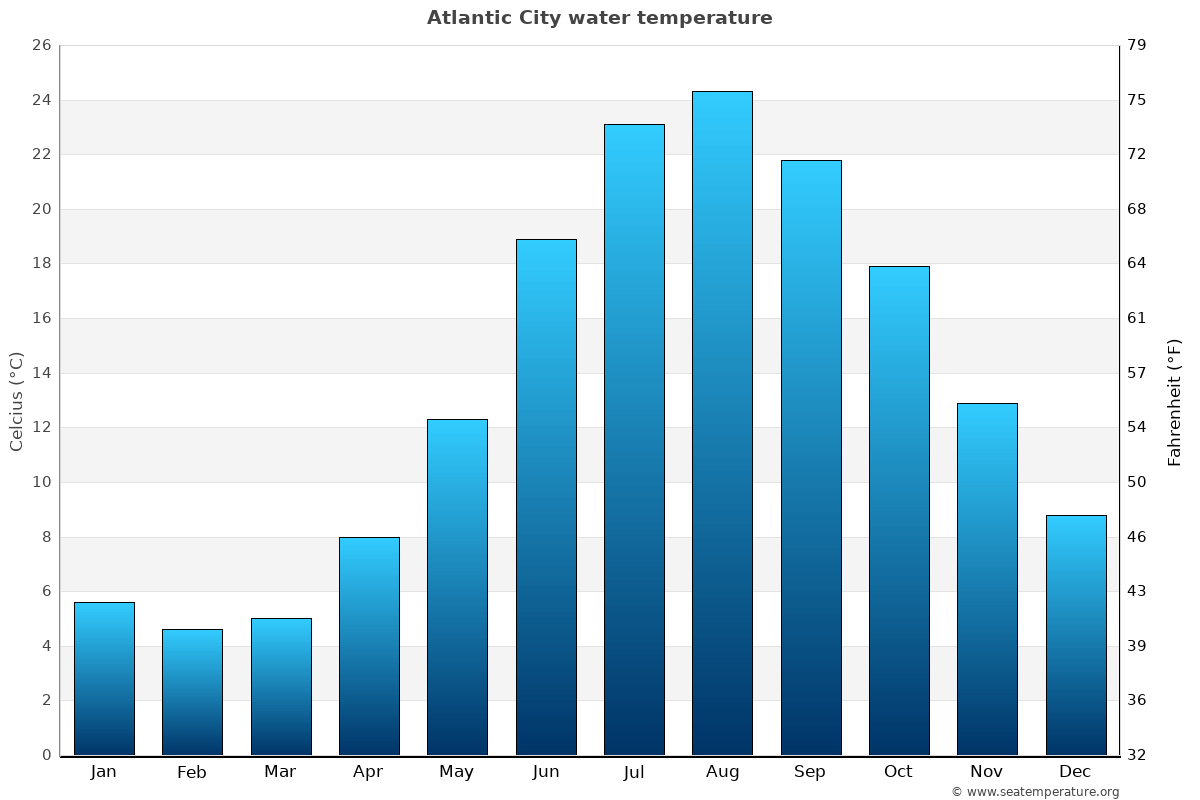 www.seatemperature.org
www.seatemperature.org ocean atlantic beach city temperature copenhagen north ogunquit kingston water sea temperatures seaside nj states avalon haven beaches heights villas
SST - Atlantic Ocean Surface Temperature (METEOSAT-11)
sst ocean planeta
How Does Water Temperature Affect Tropical Systems?
 blog.weatherops.com
blog.weatherops.com temperature atlantic water sea surface temperatures tropical ocean map does weather affect systems hurricane factors whether
Sea Surface Temperature And Tidal Amplitude In The North Atlantic. Sea... | Download Scientific
 www.researchgate.net
www.researchgate.net amplitude tidal
Ocean Temperatures: Is That Warming Statistically Significant? - The Global Warming Policy Forum
ocean warming temperatures rise global temperature statistically significant graph graphs error convincingly bars enough huge even looks but
Revisiting Historical Ocean Surface Temperatures « RealClimate
surface ocean temperatures historical temperature sea global anomalies figure revisiting sst anomaly average uncertainty compilation
Sea Surface Temperature | Climate Change | US EPA
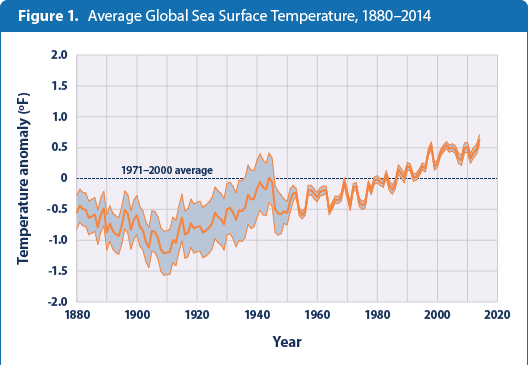 www3.epa.gov
www3.epa.gov surface sea temperature graph climate average change global temp changes line oceans epa ocean showing weather over data indicator states
Current Ocean Temperature Map
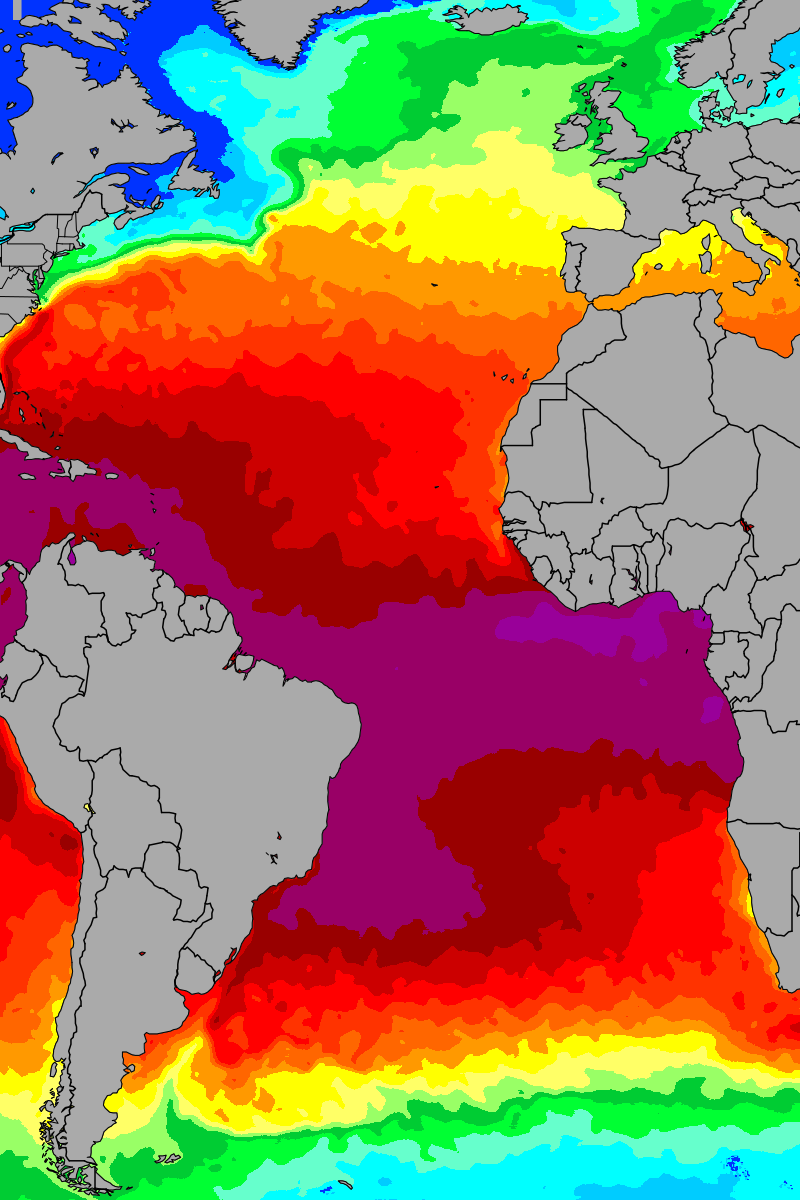 countmap.blogspot.com
countmap.blogspot.com ocean atlantic sea temperatures temperature map current maps
18.4 Ocean Water – Physical Geology
global surface sea distribution temperatures average annual ocean water geology wikipedia opentextbc ca physical jellyfish wikimedia commons figure upload sites
Annual north atlantic sea surface temperatures between 18562017. the.... Sea surface temperature and tidal amplitude in the north atlantic. sea.... Surface ocean temperatures historical temperature sea global anomalies figure revisiting sst anomaly average uncertainty compilation
Comments
Post a Comment